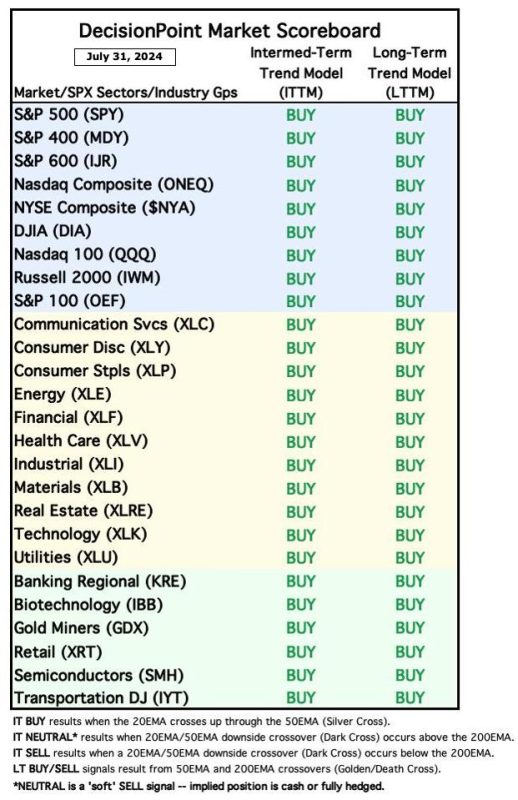As an underpinning force to the modern business world and the global economy, the Information Technology (IT) sector showcases a significant influence on market trends. In recent times, however, there has been a substantial deterioration in the number of IT Buy signals, casting substantial scepticism and unease among market investors and stakeholders. This article will delve into the causes and implications of this observed trend.
A critical reason behind the slump in the number of IT Buy signals stems from the economic turmoil created by the COVID-19 pandemic, which has bombarded the global economy into a state of uncertainty. Businesses worldwide have been forced to adapt and transform their operations to survive in the new normal, reserving cash and investing conservatively, particularly in IT. As a result, Buy signals in the IT sector are faltering.
Additionally, the rapid acceleration in digital transformation that most companies undertook during the early days of the pandemic led to a surge in IT spending. However, as the initial panic subsides, many companies are reassessing their IT budgets, leading to a decline in Buy signals. There is a sense of financial prudence brought upon by the cost constraints and economic uncertainty caused by this global health crisis, prompting several companies to pull back on their expenditure on IT assets.
Moreover, the overvaluation of IT stocks also plays a major role in the declining Tide of IT Buy signals. High-demand tech stocks soared during the pandemic, reaching dizzying valuations. As the global market wakes up to reality and recognizes that the IT stocks’ price may have inflated beyond reasonable valuations, investors are taking a step back. This level of investor caution has inevitably resulted in the diminishing of IT Buy signals.
Furthermore, the overdependence on a select few IT giants has made the sector susceptible to their performance. Any slight hitch or hiccup in their functionality can set off alarm bells, adversely impacting the IT Buy signals. Plus, tighter regulations and antitrust cases against these big tech companies add a fresh layer of complexity and unpredictability in the IT sector.
Finally, the anticipation of increased interest rates in the future is putting investors on edge. Higher interest rates mean that companies will have to face higher borrowing costs, which can eat into their profits. With these financial uncertainties, investors are increasingly becoming cautious about where they put their money, leading to a drop in IT Buy signals.
The confluence of these factors has generated a climate ripe for the drop in IT Buy signals. This downturn is a wakeup call for companies and investors alike to reassess their strategies and make prudent decisions. Fostering a more balanced approach, where businesses aren’t overly reliant on IT giants and are careful about their spending, could help ensure the sector’s sustainability in the long run.
In retrospect, market trends are constantly evolving and are dictated by a multitude of factors, both intrinsic and extrinsic to the IT sector. The notable decrease in the number of IT Buy signals is merely a reflection of this constant evolution. By focusing on long-term sustainable growth and resilience, businesses can navigate these uncertain times and mitigate the risks associated with investing in the IT sector. In the end, the market’s nature is cyclical, and the downturn in IT Buy signals is just another phase in the cycle, albeit a challenging one.




